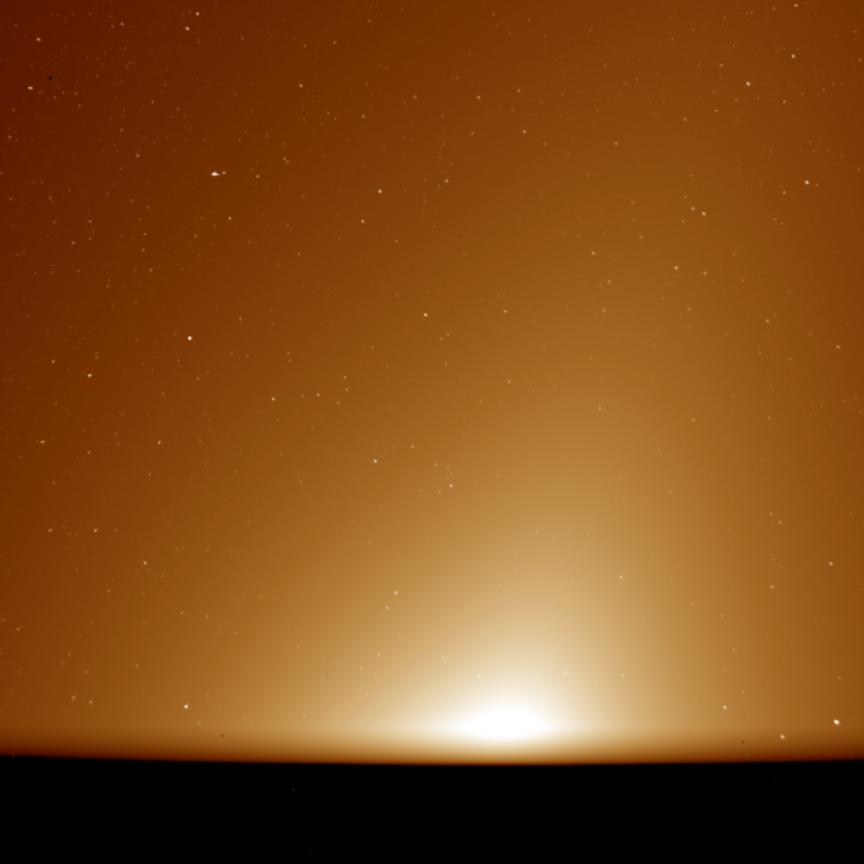The Philae robotic probe has touched down on the Comet 67P/Churyumov-Gerasimenko at around 16:05 GMT today, a first for human space exploration.
The Philae Comet Lander carries an imaging payload designed to take panoramic pictures of the surface of the comet, along with a spectrometer to study the composition, texture and reflectivity of samples collected from the surface.
Six cameras – five standard and one stereoscopic 3D imager – will together take 360° panoramic pictures of the comet’s surface as part of the CIVA (Comet nucleus Infrared and Visible Analyser) instrument. The miniature cameras weigh 100 grams each and are able to take high-definition black and white images using very little energy.
The CIVA also contains a spectrometer to study the chemical composition of the comet, which it is hoped will provide data about the origins of the Solar System more than 4.5 billion years ago.
Philae also contains ROLIS (Rosetta Lander Imaging System), a CCD camera used to obtain high-resolution images during the descent of the lander and take stereo panoramic images of areas sampled by other instruments.
The mothership of the robot lander, Rosetta, has onboard OSIRIS, a high resolution imaging camera; NAVCAM, a navigation camera; and VIRTIS (Visible and Infrared Thermal Imaging Spectrometer), which maps and studies the nature of the solids and the temperature on the surface of the comet. It also identifies gases, characterises the physical conditions of the comet and helped to identify the best landing site.
Image sensors from UK company e2v are onboard the OSIRIS camera, as well as making up the visible element of VIRTIS, while Swiss organisation CSEM was a prime contractor for the project, assembling the optics and the electronics for certain imagers among other tasks. In addition, four out of five lenses installed in each of the seven objective lenses used in the CIVA camera system were manufactured from two different types of radiation-resistant optical glasses from Schott.
Former project manager at CSEM of the ESA prototype camera and of the CIVA cameras, Jean-Luc Josset, now director at the Space Exploration Institute (SPACE-X), commented: ‘The development of this type of technology opens the doors for new, highly-demanding missions and is an exemplary of skills CSEM is able to offer.’
Scientists will be waiting to compare Rosetta’s results with previous studies by ESA’s Giotto spacecraft and by ground-based observatories. These have shown that comets contain complex organic molecules, the elements which make up nucleic acids and amino acids.
One question the scientists are hoping to study as part of this mission is: did life on Earth begin with the help of comet seeding?
Further information:


